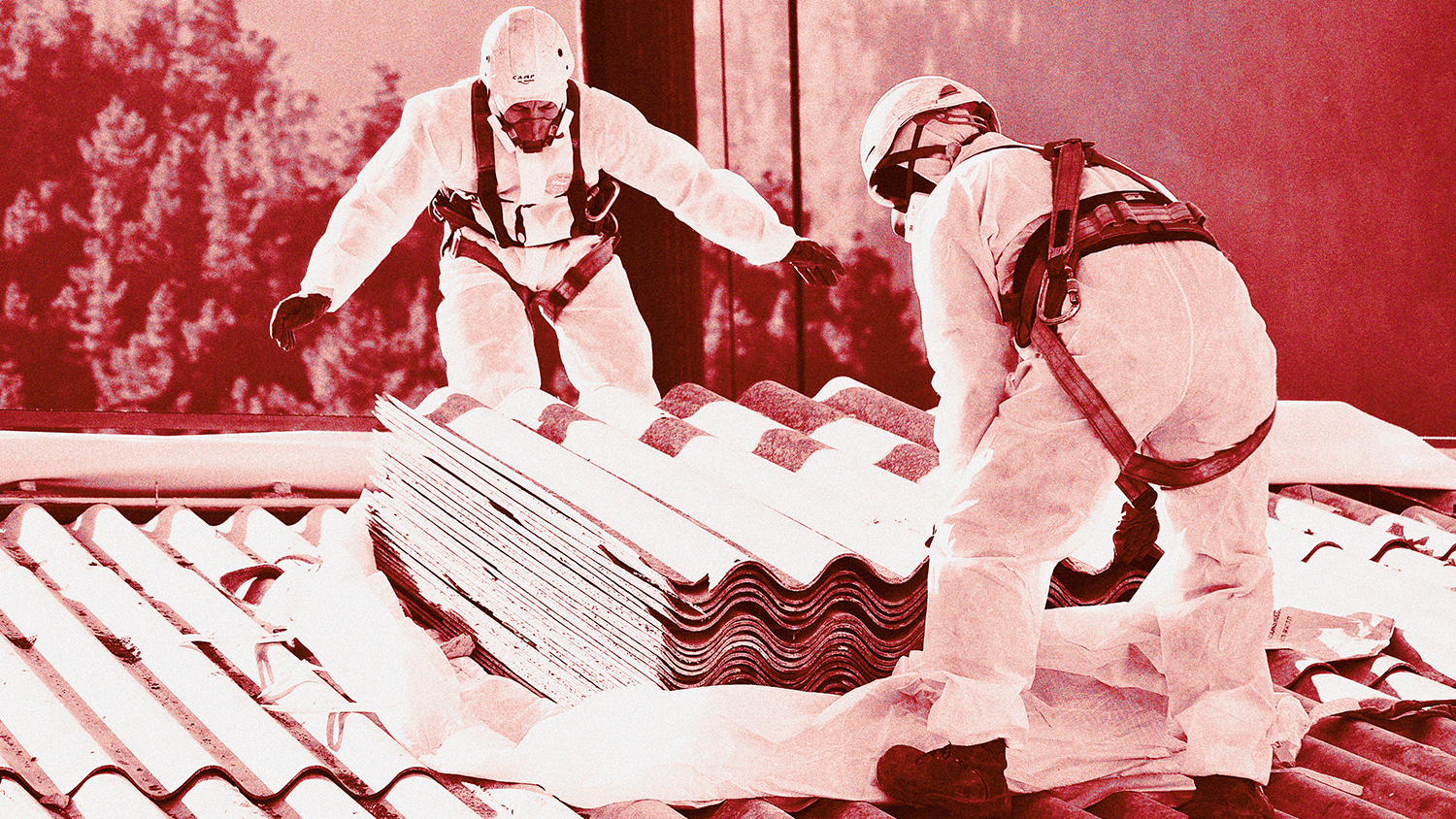
More than two decades after it was banned, asbestos remains an active threat to those working in construction, explains Colette Willoughby.
It is not uncommon to find that when you mention the word “asbestos” many think it is an issue of the past. After all, we don’t use it anymore: the worst forms were banned almost 40 years ago, with a final total ban 23 years ago.
A large number of those currently working in construction will not have been involved when asbestos was widely used in the same way that they may now use products such as plasterboard, glass fibre insulation, jointing and packing materials, vinyl flooring, decorative finishes and fillers, sprayed and blown fire protection and insulation – to name but a few. In the UK we used over 3,000 different asbestos products in the construction and maintenance sectors.
Although asbestos use may now be seen as a thing of history, the same cannot be said of the devastation it has left. Each year more than 5,000 people die in the UK from asbestos-related diseases – a figure that has continued to rise year on year for decades.
“You cannot see the deadly fibres and you won’t know that you have breathed them in. The fibres are then lodged in your lungs forever.”
A large percentage of this death toll comes from individuals who have worked or continue to work in the construction sector, where asbestos exposures continue to occur on a regular and often daily basis.
The risk of exposure is high for anyone working on buildings being refurbished, maintained or demolished. This risk is highest for buildings built before 2000 as the final ban on asbestos use did not occur until 1999.
Latency period
For decades we have introduced various health and safety regulations to try and combat the issues around asbestos. However, these have not been as effective as everyone might have hoped – evidenced by the upward trend in the annual death toll.
This in part may be due to the latency period associated with asbestos. This is the lag period between being exposed and then developing one of the associated fatal diseases.
Unlike many other fatal hazards there are no instant signs to show when someone has been exposed. You cannot see the deadly fibres when they are airborne and you won’t know that you have breathed them in. The fibres are then lodged within your lungs forever. Signs of a disease won’t appear for 10-20 years – often longer.
The UK’s current regulation of asbestos revolves primarily around responsibilities to manage risks from asbestos containing materials (ACMs). Details are found in the Control of Asbestos Regulations (CAR) 2012 and associated guidance documents.
In recent years there have been growing concerns that the UK government wasn’t doing enough to deal with this deadly material. As a result, in the latter quarter of 2021, the Department of Work and Pensions (DWP) launched a public inquiry into how the UK government regulates and manages asbestos.
Inquiry findings
The public inquiry produced a report on its findings in late April 2022 with 10 key recommendations. The most contentious of these was the removal of all high-risk ACMs within a 40-year period, along with a national database to highlight where all ACMs are located within public buildings.
The government issued a response that focuses predominantly on our existing arrangements and a need for everyone to better understand and implement their responsibilities for managing asbestos risks. However, as our increasing death toll demonstrates, existing arrangements are not effective and something needs to change.
In the short term this may result in more enforcement action. Those with responsibilities for identifying and managing asbestos risks must increase their knowledge and understanding. These were both recommendations in the public inquiry report but did not make the same headlines as the removal of all ACMs.
Some ACMs will need to be removed, however until such time as everyone fully understands how to assess the risks and properly identify what they must do, then we will most likely continue with our upward death trend.
A new asbestos management qualification is due to be launched soon, aimed at those with responsibilities for managing construction and maintenance works. It is hoped it will go part way in helping to resolve this.
Colette Willoughby is an asbestos compliance consultant and director with Asbestos Compliance Limited.












